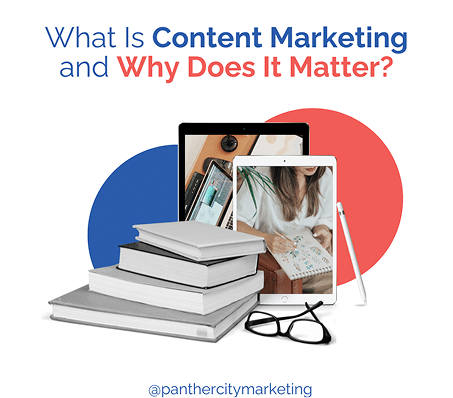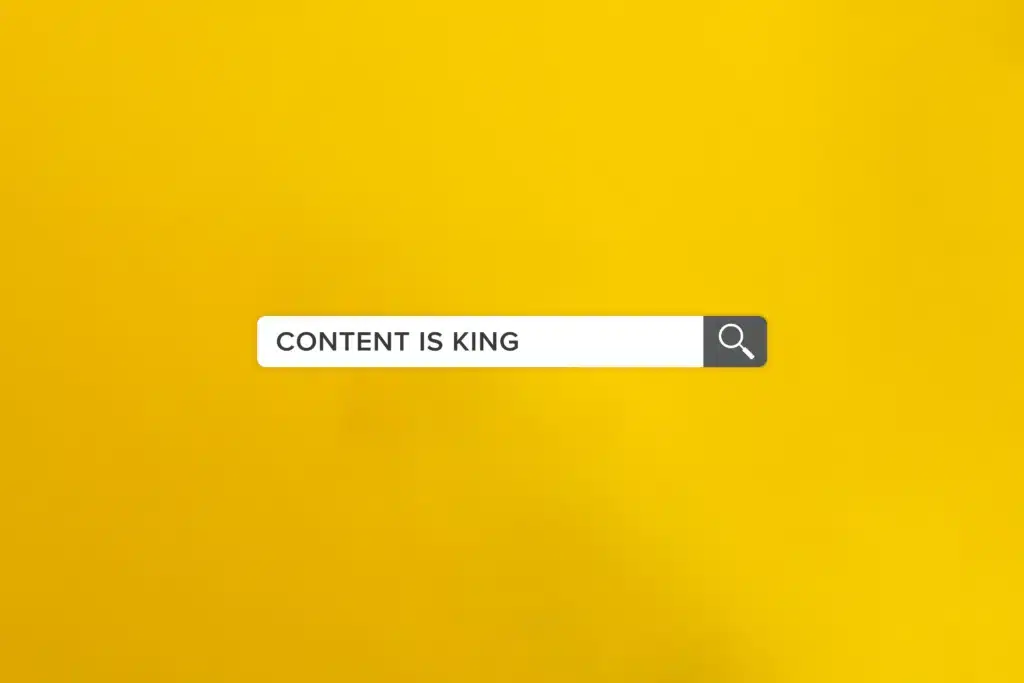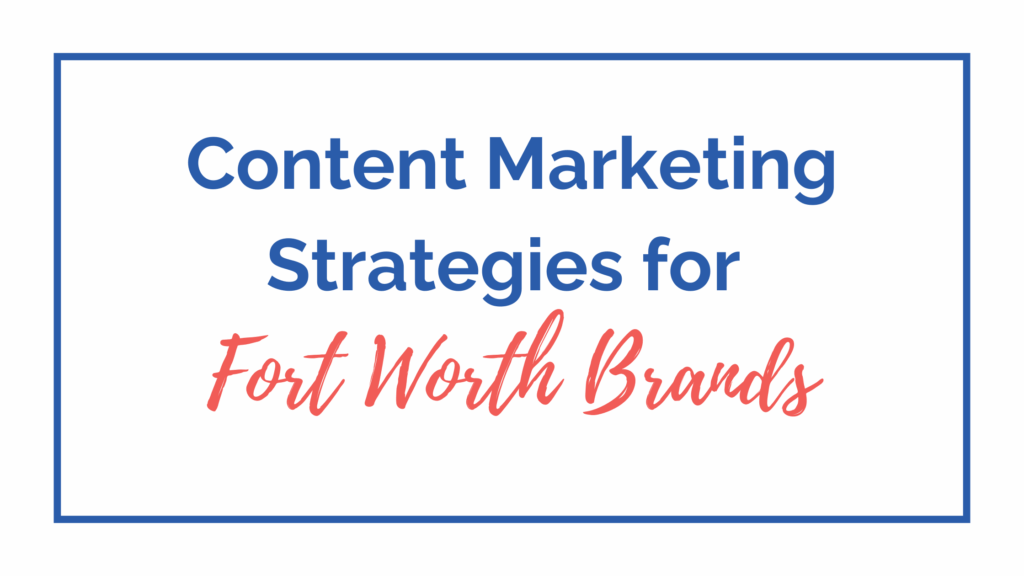If you run a business in Fort Worth, customers don’t just want products or services — they want to connect with brands that feel local, authentic, and relevant. That’s where Fort Worth content marketing shines. Using blogging, video content, local storytelling, and smart audience engagement, you can build long-term relationships — not just quick sales.

In this article, you’ll get a roadmap to creating content your Fort Worth audience actually cares about. We’ll walk through how to research your local customers, ideate blog posts, add video that resonates (without needing Hollywood budgets), and foster engagement that feels genuine. We’ll also cover distribution, measurement, and how to iterate to strengthen your Fort Worth content marketing strategy.
If you’re tired of guessing what to post or feeling invisible online, this guide is for you. Let’s make content that not only draws attention but builds real trust — right here in our city.
Why Fort Worth Content Marketing Matters for Local Brands

Content marketing isn’t just for big companies. For Fort Worth small businesses, it’s a way to stand out and build loyalty.
When you publish useful articles or stories, they stick around — your blog doesn’t shut off at 5 pm. Over time, your content attracts traffic, shares, and trust. Unlike paid ads, which stop when your budget ends, good content compounds.
Local relevance is your secret weapon. A Fort Worth brand that weaves local stories — your neighborhood, your team, your clients — has a clear advantage over a generic voice. People pay attention when content feels familiar.
Let’s compare two options:
- A café writes “5 Coffee Trends You Should Know”
- The same café writes “Best Coffee Spots Near Near Southside in Fort Worth”
The second hits local search, feels relevant, and draws local traffic.
Over time, content creates digital assets — pages that rank, pull in leads, and support other marketing. Even if you publish one solid blog a month, it sets a foundation for lasting visibility.
Knowing Your Audience: Research & Personas
You can’t write powerful content unless you know who you’re writing for.
Local insight & data sources
- Use your website analytics to see what pages people visit, where they live (ZIP codes), what search terms they use.
- Ask customers: surveys, during conversations, via email.
- Check social media: what posts get reactions, shares, comments.
Create buyer personas for Fort Worth zones
Split your audience by neighborhood or segment:
- “TCU-area student or staff”
- “Southside family homeowners”
- “Downtown professional services client”
Give each persona a name, a backstory, their challenges, what they search for.
Find content angles by pain point
If your persona “Southside homeowner” is worried about porch maintenance or tree trimming, you can write:
- “How to preserve your deck during Fort Worth summers”
- “Fort Worth tree trimming cost & best practices”
This approach yields useful content, not fluffy posts.
In Fort Worth, sub-markets (e.g. Near Southside vs Alliance) may have distinct interests, even for the same business. Treat each neighborhood’s persona like its own mini audience for content.
Blogging & Written Content Strategy
Blogging is still a foundational content tool — when done right.
Topic ideation & local storytelling
Combine topics people care about with local flavor:
- Seasonal guides: “Summer roofing tips for Fort Worth homes”
- Local event tie-ins: “How to prep for Main Street Arts with business events”
- Staff stories or origin stories: “How Panther City started — Fort Worth roots”
SEO + local keywords
Use your long-tail local keywords (e.g. “video content Fort Worth brand”) in titles, headers, meta. But write naturally.
Don’t stuff. If a keyword fits, use it. If not — skip it.
Content calendar & consistency
Decide on cadence (e.g. one blog post every 2 weeks). Plan topics ahead.
Stick to it. Consistency signals commitment to Google and your readers.
Repurposing content
Turn one blog post into:
- A short video
- An infographic
- A social post series
- An email newsletter
This expands reach without doubling effort.
When you repurpose, always add something fresh — a newer stat, a Fort Worth example — so each version feels special, not copied.
Video Content & Multimedia for Engagement
Video is essential in today’s content mix — it’s engaging, memorable, and shares well.
Types of video that work
- Customer testimonials / case study videos
- How-to / explainer videos
- Behind-the-scenes / company stories
- Local hotspot features (e.g., “A day in Fort Worth with us”)
Small business blog Atlassian features 9 affordable video ideas for small businesses. Atlassian
Also, Bluehost notes that videos improve conversions when aligned with buyer stages. Bluehost
Low-budget strategies
You don’t need fancy gear. A smartphone plus good lighting works. Use tools like CapCut or iMovie.
Use your blog: turn a post into a video or snippet. Blend visuals + voiceover.
Distribution & embedding
Don’t just post on YouTube or social — embed video in blog posts, newsletters, your site’s services pages. That gives more dwell time and signals quality to Google.
Tie video to written content
Every video should connect to your blog content, or vice versa. For example:
- Blog post: “5 Steps to Organize Lawn Care in Fort Worth”
- Video: demo one step visually, embed in the post
In Fort Worth, local scenes matter. Shoot quick video snippets around recognizable landmarks or business locations — it gives authenticity and resonates locally.
Audience Engagement & Community Building
Your content strategy should aim for two-way interaction, not just pushing out posts.
Encourage user-generated content & testimonials
Ask satisfied customers to share their stories, photos, or short videos. Share them (with permission). UGC builds authenticity. (See concept of user-generated content) Wikipedia
Example: A Fort Worth boutique might ask shoppers to tag their outfits in front of the store, then feature that on Instagram + blog.
Interactive content
Polls, Q&A, quizzes. For example:
- “Which Fort Worth zone are you in?” → custom content
- Polls: “Which service should we demo next?”
It keeps people involved.
Local stories, events & collaborations
Write content around neighborhood news, community events, or local partnerships. Showcase how your business connects to Fort Worth life.
Example: Partner with a Fort Worth non-profit, write a story about it, or co-create content.
Synergy with email & content
Promote blog and video in your emails. Give VIP early access to blog posts. Ask for replies to emails with content ideas.
Run local photo/video contests (“Best Fort Worth morning photo”) and feature winners in blog/social. It boosts engagement and content volume.
Promotion & Distribution Strategies
Great content needs visibility. Here’s how to amplify it.
Social media & content optimization
Share excerpts, quotes, video snippets. Use local hashtags (#FortWorthTX, #DFWlocal). Platforms like Instagram, Facebook, LinkedIn help distribute content.
Local SEO & content amplification
Optimize your blog posts with local keywords, meta descriptions, schema for articles. That helps your content appear in local searches.
Also, internally link content — from service pages to blog posts and vice versa.
Partnerships & influencer amplification
Work with Fort Worth bloggers, local news sites, or influencers. Guest blog, cross-promote content, or do interviews. Their audience becomes yours.
Paid boosting / sponsored content
If a blog or video is doing well organically, put a small budget behind it on social media to reach beyond your followers.
Always promote older but still relevant content — “Throwback” posts or republishing can bring life to content that’s still useful but buried.
Measuring, Iterating & Growth
You can’t improve without tracking.
Key metrics to watch
- Pageviews, unique visitors
- Time on page, bounce rate
- Social shares, comments
- Lead conversions or form submissions
- Video views, completion rate
A/B testing & content trial runs
Test headlines, formats (long vs short), images vs video. Use data to guide future content.
Scale what works, prune what doesn’t
If certain topics, formats, or angles consistently outperform — double down. If others flop, stop doing them.
In Fort Worth, content tied to neighborhoods or micro-niches might outperform broad content. Always test micro-niches (e.g. “TCU student life,” “Near Southside events”) as content segments.
Quick Takeaways / Key Points
- Local storytelling + consistency = trust.
- Use blogging + video content together for best reach.
- Know your Fort Worth audience — personas, interests, ZIP zones.
- Promote and distribute — content doesn’t promote itself.
- Engage your audience (UGC, polls, stories) to deepen connection.
- Always measure and iterate — don’t set and forget.
To understand the foundations behind this strategy, explore our full guide — What Is Content Marketing and Why It Matters.
Conclusion & Call to Action
Content marketing is not a one-off campaign — it’s a long-term investment in your brand’s presence, voice, and relationship with your audience. For Fort Worth brands, combining blogging, video content, local storytelling, and audience engagement gives you an edge few generic competitors can match.
Start by learning who your customers are and what they care about in Fort Worth. Then map content that speaks to those interests, shoot videos (even simple ones), share stories anchored in your community, and measure what works. Over time, your content will become a backbone of your brand’s digital presence — driving traffic, loyalty, and leads.
If you’d like help crafting content, producing local videos, or building a content plan that fits your resources, our team at Panther City Digital Marketing is here to help. Let’s explore how content can lift your brand in Fort Worth. Contact us today to get started.

💬 What our clients say:
“We’ve been working with Panther City on our SEO, Google ads and a few other things. If you’re in need of this type of help I would definitely make that call sooner than later. Don’t run the risk of her being at capacity.” – S. C.⭐️⭐️⭐️⭐️⭐️
FAQs
1. How often should I publish blog content?
Aim for 1–2 solid posts per month. Quality over quantity wins. Then repurpose and promote your best posts.
2. What length should video content be?
Short form is ideal — 60 to 120 seconds for social. For deeper tutorials or storytelling, up to 3–4 minutes works.
3. Should I pick blogging or video first?
Start with what you can sustain. If writing is easier, begin with blog and add video by repurposing. Or vice versa.
4. How much promotion is enough?
Promote each piece on social media, email, and with paid boosts if needed. Don’t rely solely on organic reach.
5. What’s the best metric to judge success?
Engagement metrics (time on page, shares, comments) plus conversion (leads, sales) are critical. If content doesn’t bring action, rethink it.
References
- Salesforce: Small Business Content Marketing Guide Salesforce
- Atlassian (Loom): Small-Business Video Marketing: 9 Affordable Ideas Atlassian
- Bluehost: Small Business Video Marketing Strategy Bluehost
- TV Scientific: Content Marketing Strategies for Local Businesses tvscientific.com



